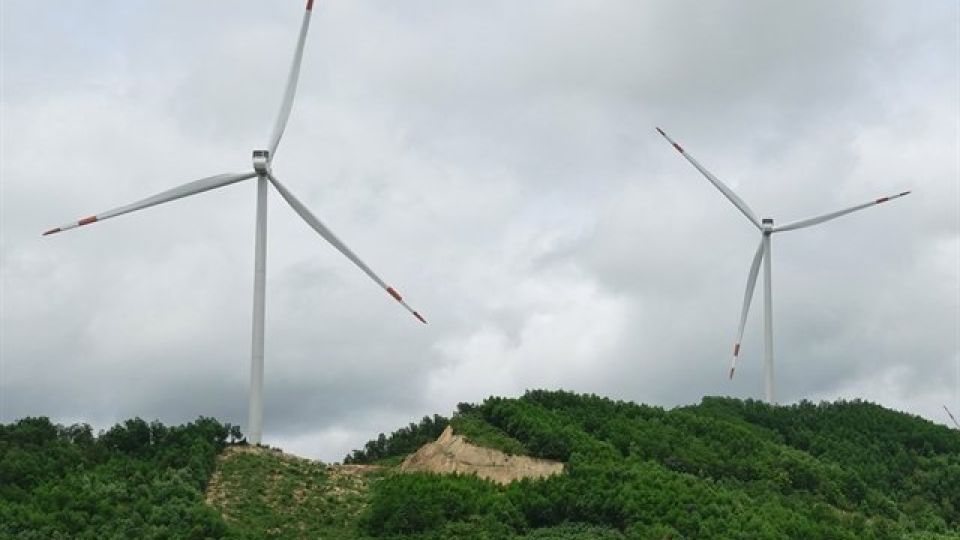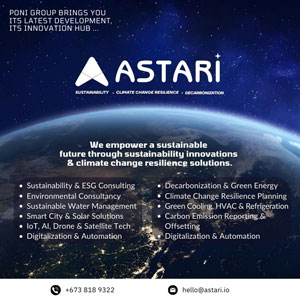HANOI (ANN/VIETNAM NEWS) – Vietnam has initiated the establishment of carbon pricing mechanisms and an emissions trading system (ETS) with the aim of encouraging companies to reduce their greenhouse gas (GHG) emissions and transition towards clean energy sources.
That was the remark made by Mai Kim Lien, Deputy Director of the Department of Climate Change (DCC), Ministry of Natural Resources and Environment, at the workshop “Emission Trading System Training and Simulation in Vietnam” on Thursday.
Lien said the Government had set out the roadmap to carbon neutrality by issuing Decree No 06, under which ministries and public agencies are tasked with building the legal framework for carbon credit, carbon allowance, and the establishment of an ETS until 2027.
“The ETS will be initially piloted in several sectors by no later than 2025,” said Lien.
She also said the ETS would come into official operation in 2028 and be integrated into international ETSs shortly after the date.
John Robert Cotton, Senior Programme Manager for Southeast Asia Energy Transition Partnership, said ETS is a market-based instrument designed to stimulate innovation in low-carbon technologies, foster the transition to a low-carbon economy, and contribute to reducing GHG emissions.
He said Vietnam had taken significant regulatory steps to develop its domestic carbon market and implement ETS. For instance, the Law on Environmental Protection was revised in November 2020 to include provisions for organising the development of a carbon market.
In January 2022, Vietnam proceeded to issue a decree that provided detailed guidelines for GHG emissions reduction and the formation of the market, which, he believed, would be a driver in the region.
“ETS is a great example of how we’re using the current economic system to our advantage in order to face the externalities of GHG emissions,” said the manager.
Nguyen Van Minh, Head of the Subdepartment of Economic and Climate Change Data, DCC, said only three groups of entities would be legally allowed to take part in the domestic carbon market.
The first group comprises GHG-emitting facilities that have been made subject to regular GHG emission monitoring. There are currently 1,912 entities in this group.
The second encompasses entities that have managed to generate carbon credits and get the credits traded in other ETSs, such as JCM (Vietnam-Japan Joint Crediting Mechanism).
The third consists of those whose activities are closely related to the trading of carbon credits and carbon allowances in ETSs. These entities include banks, custodians, and consultants.
Karolien Casaer, an international carbon market expert, said carbon pricing instruments transfer the economic burden associated with the damage from climate change to those who are responsible for GHG emissions.
That means if those instruments are not put in place, the costs of air pollution would fall on the Government, taxpayers, and society. Moreover, manufacturers would be more reluctant to invest in cleaner technologies because doing so puts them at a cost disadvantage.
“Vietnam’s emissions stood at 300 million tonnes of CO2 in 2014. They are anticipated to grow to 900 million tonnes in 2030 if we don’t act more than what we’re already acting,” said the expert.




